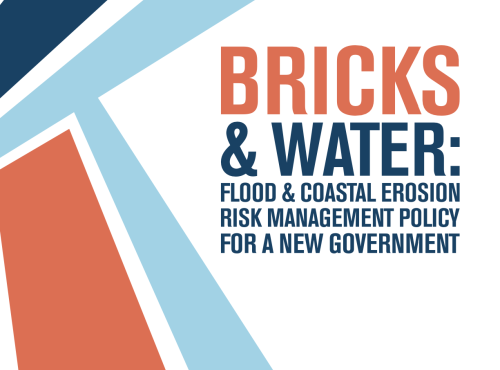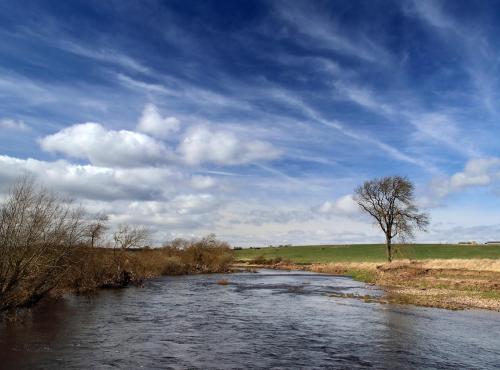Lawmakers must think blue to go green
As I arrived at COP26 last week the negotiations stood on a knife edge. The draft agreement had been accused as being ‘devoid of ambition’ and COP President Alok Sharma MP was urging negotiators to come to the table ‘armed with the currency of compromise’.
We now know that the Glasgow agreement has made progress in several key areas. The pact is the first to explicitly plan to reduce coal, with an albeit watered down commitment to ‘phase down’ use of the fossil fuel. Additional funds were pledged to help low and middle-income countries cope with the effects of climate change and richer nations have been encouraged to double their financial support by 2025. Parties have also agreed to return to the negotiating table next year to revisit and strengthen their Nationally Determined Contributions (NDCs), with the aim of limiting global temperature rise.
Given that ‘keeping 1.5 alive’ was one of the Government’s key objectives going into this COP, it is no surprise that many of the meetings that I attended as an observer to the conference focussed on reducing greenhouse gas emissions and exploring routes to net-zero. In particular, the unexpected agreement between the US and China to work together to cut emissions and reduce deforestation is a welcome development from the world’s two largest emitters.
However, it is worth remembering that for many nations, keeping global temperature rise to well below 1.5 degrees will be too little, too late. Several small island pacific states are at risk of disappearing completely by the end of this century and many communities are already having to relocate. This is why finance for adaptation and resilience is such an important part of any climate negotiation and one that has received little attention at previous COPs. Adaptation finance will allow the most vulnerable nations to invest in infrastructure and technology to mitigate the worst impacts of climate change such as sea level rise, overheating, and extreme weather events. It is therefore encouraging that adaptation finance gets a prominent mention within the final agreement, which calls on parties to “urgently and significantly scale up their provision of climate finance”.
Back home, the victims of storms Ciara and Dennis in 2020, as well as last summer’s flooding in London, will attest to the fact that the need for adaptation and resilience is not just an issue for small island or coastal communities. One in six properties in England are now at risk of flooding and climate change is causing these kind of intense rainfall events to be more frequent and severe. The Government has committed to invest £5.2 billion in its National Flood and Coastal Erosion Risk Management Strategy to protect 336,000 properties better by 2027. However, it will not be possible to protect all vulnerable communities in the UK, which is why we must accelerate the installation of property flood resilience measures to improve the recoverability of homes and businesses when they flood.
As Policy Manager for the Westminster Sustainable Business Forum, I explored the challenges associated with both too much and too little water within our recent inquiry: Bricks and Water, Building Resilience for England’s Homes. Next year, the Forum will embark on a new inquiry, which will explore issues surrounding flood risk and resilience in more detail, including links to green/blue infrastructure, sustainable drainage, and water quality. If you would like to participate in this work, please email me: robert.allen [at] policyconnect.org.uk (robert[dot]allen[at]policyconnect[dot]org[dot]uk)




